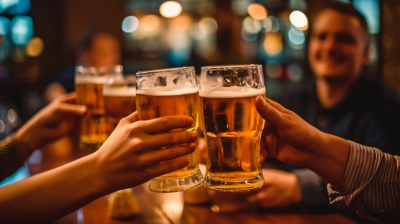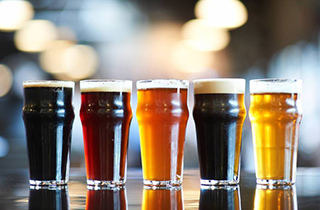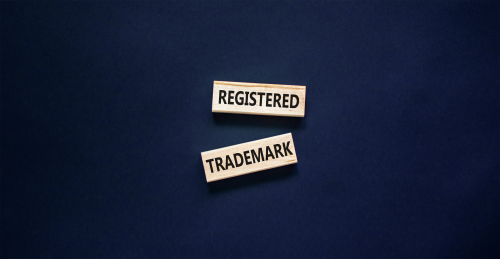Tucker Brewing Company LLC's case regarding the registration of their mark, "Roaring Twenties Radler," for beer, raised concerns about potential confusion with existing registered marks. Although the initial application was rejected, citing similarities to "Roaring 20's Bootleg" and "Roaring 20's," the company decided to appeal the decision, prompting a deeper examination. This article explores the factors that influence the likelihood of confusion in trademark disputes, with a particular focus on the DuPont factors and their relevance in this case.
Assessing Similarities
To gauge the likelihood of confusion, the decision directed its focus towards the comparison between "Roaring Twenties Radler" and "Roaring 20's." The decision suggested that the latter mark holds more resemblance to the applicant's mark, thus warranting thorough examination. The applicant argued that the mark "Roaring 20's" is weak due to its historical reference, but the decision contended that it retains inherent distinctiveness, refuting claims of weakness.
Evaluating Marks
In assessing the marks, the decision explored the significance of appearance, sound, connotation, and commercial impression. It emphasized that even similarity in one of these elements alone could lead to confusion. A side-by-side comparison was explicitly deemed inadequate, with the focus instead on the overall commercial impression conveyed. It was ultimately determined that the marks "Roaring Twenties Radler" and "Roaring 20's" exhibited significant similarity in terms of appearance, sound, meaning, and commercial impression. Furthermore, the decision highlighted the dominance of "Roaring Twenties" over the descriptive term "Radler" in the applicant's mark.
Goods and Relatedness
Another crucial factor examined was the similarity or dissimilarity of the goods themselves. The registrant's mark covered "distilled liquor," while the applicant sought registration for "beer, namely, radlers." Although the specifics differed, the decision argued for the related nature of the products, as both fell within the realm of alcoholic beverages. Supporting evidence, such as third-party registrations and websites, substantiated this assertion and bolstered the conclusion that confusion was more likely due to the interconnection of the goods involved.
Precedence and Evidence
To strengthen its position, the decision referenced relevant cases, specifically In re Mucky Duck Mustard Co. Inc. and In re E.I. DuPont de Nemours & Co. Additionally, a concise list of the registrations for the marks in question, along with useful portions of the identifications, was provided as supporting evidence.
Conclusion
The trademark dispute faced by Tucker Brewing Company LLC highlights the intricacies involved in evaluating the likelihood of confusion. Diligently assessing the similarities between marks and goods is pivotal in these cases to ascertain potential confusion objectively. Through an impartial exploration of the "Roaring Twenties Radler" case, we have gained insights into the decision's analysis, which found a substantial resemblance between the applicant's mark and existing registered marks, heightening the likelihood of confusion due to relatedness of the goods involved.





